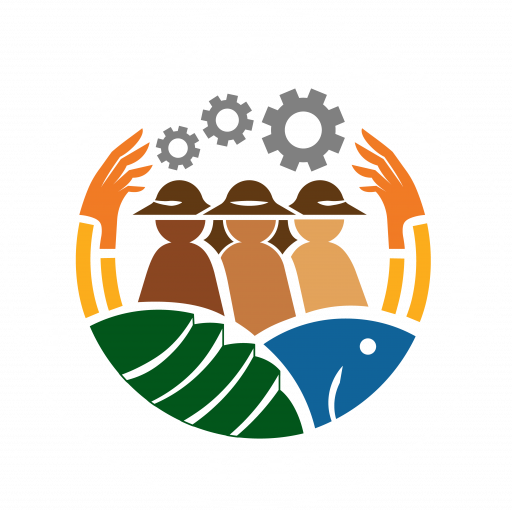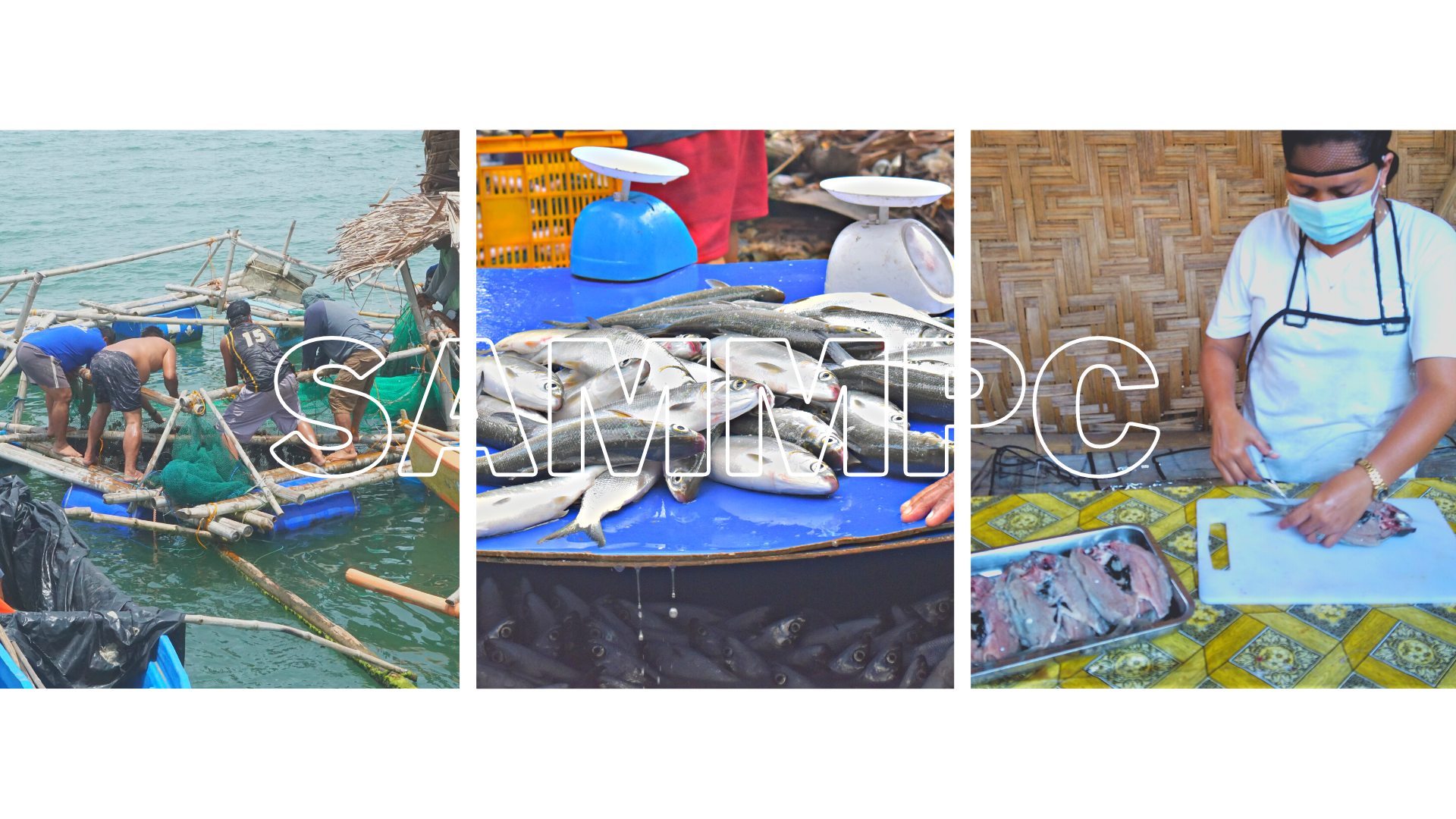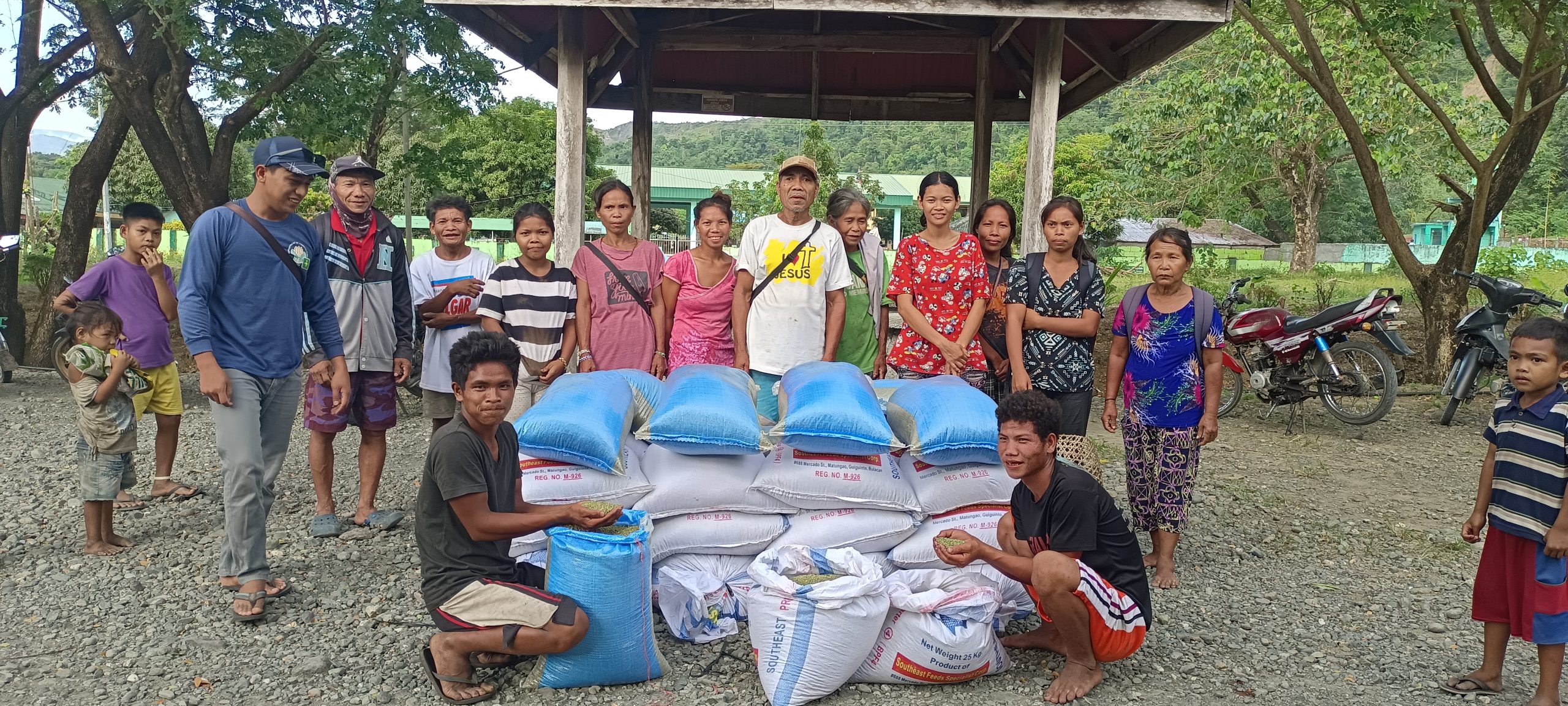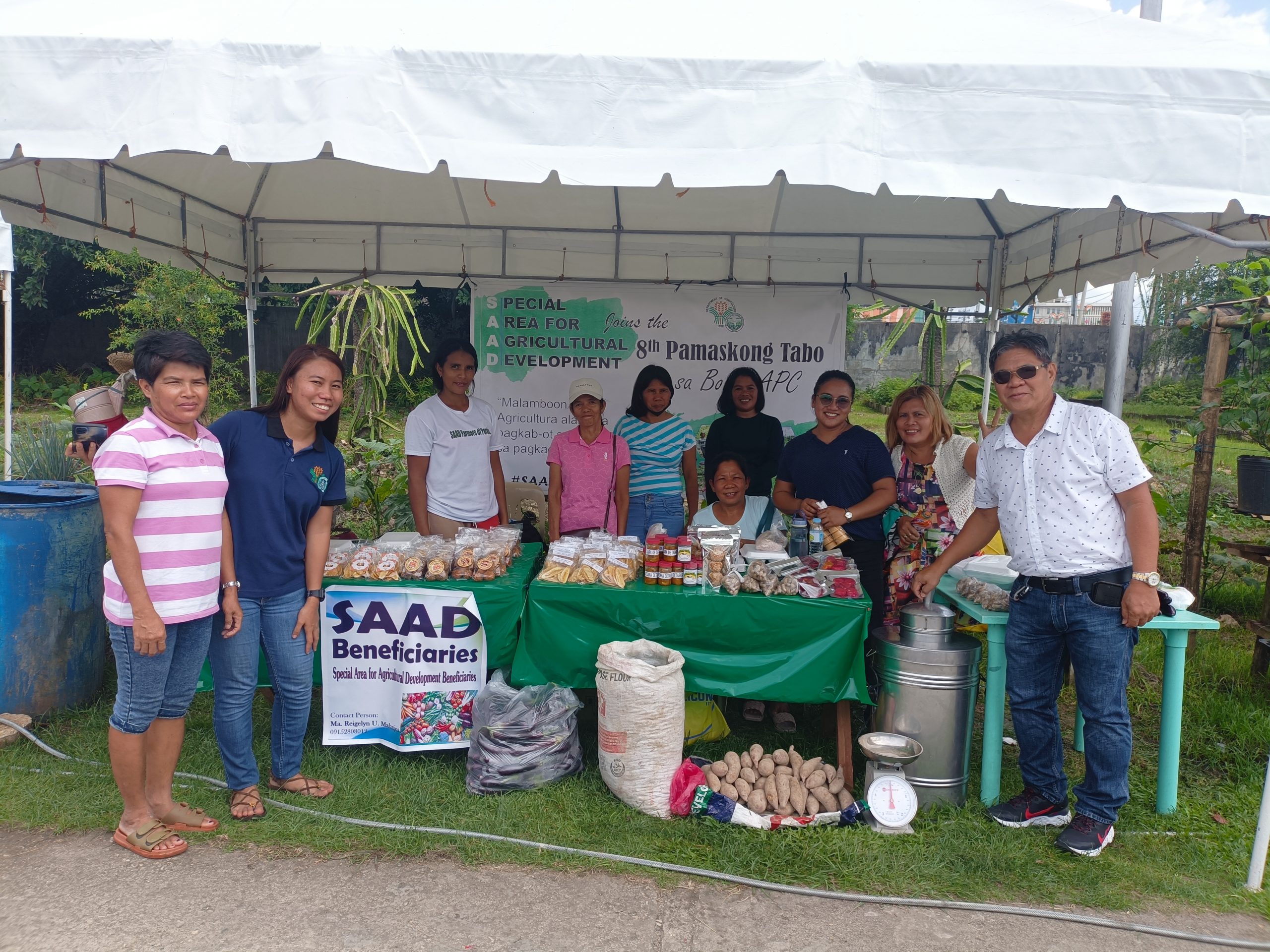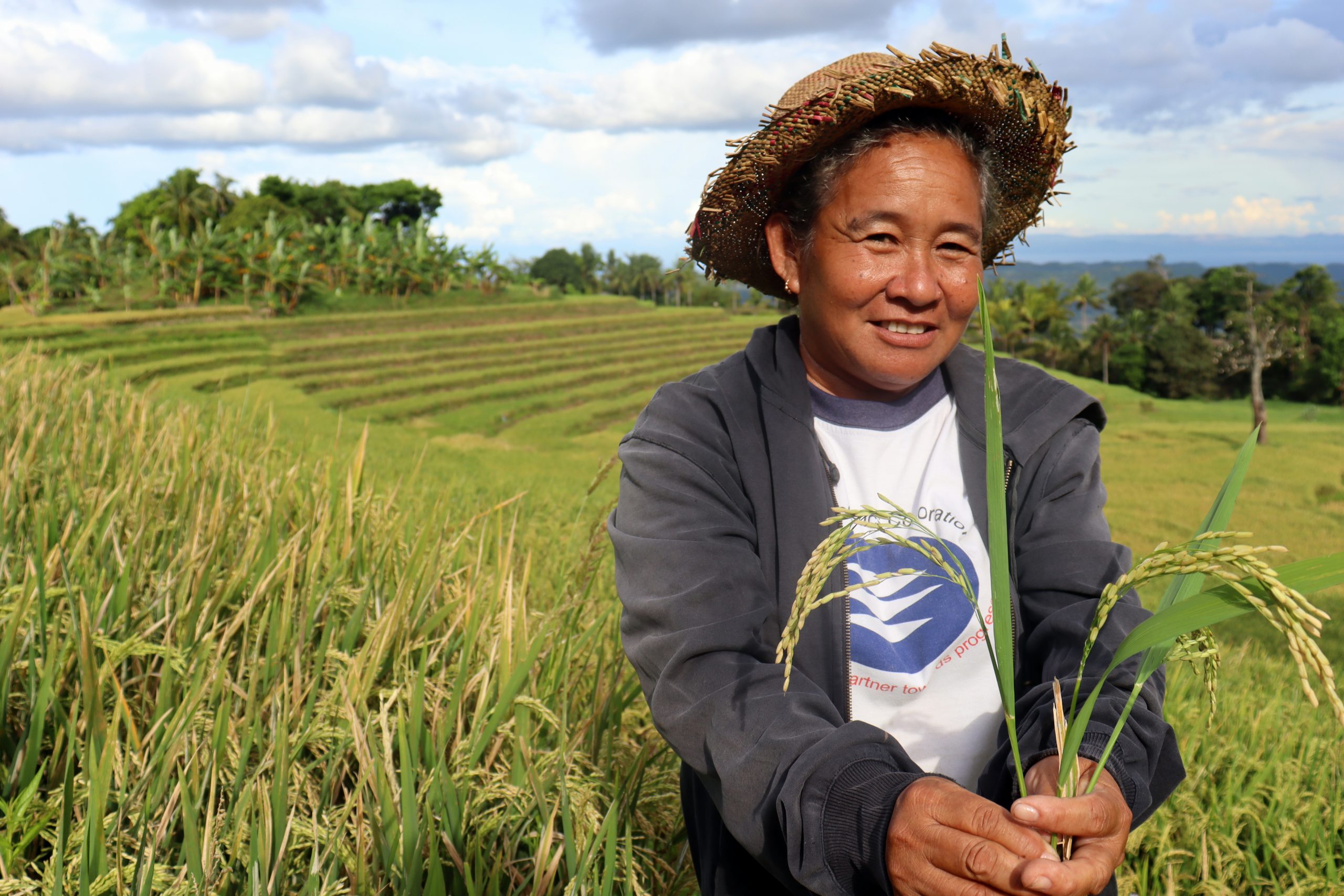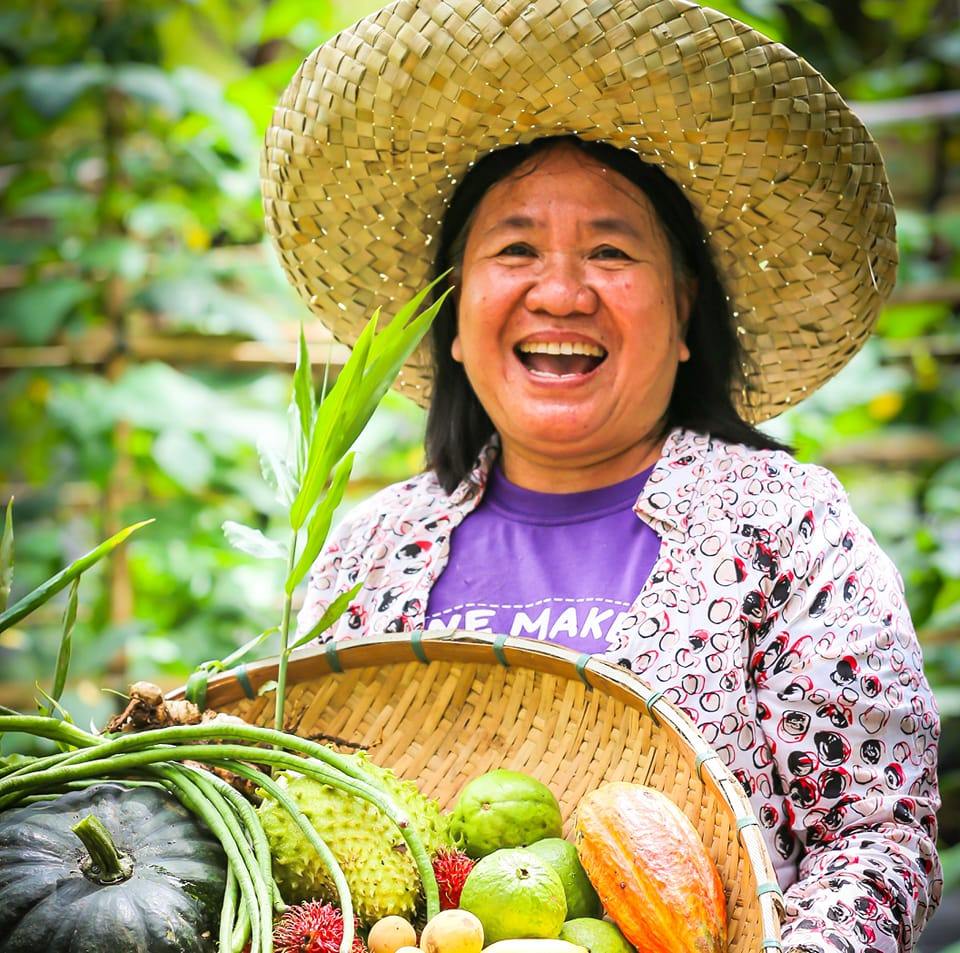LANAO DEL NORTE, August 25, 2022 – To sustain fish and store operations, Simbuco Aqua-Marine Multi-Purpose Cooperative (SAMMPC) in Lanao del Norte maintained its two units of pens for milkfish farming. Since its inclusion in the Special Area for Agricultural Development (SAAD) Program through the Bureau of Fisheries and Aquatic Resources (BFAR), the group has shown exceptional performance in project implementation.
See http://bitly.ws/tDQh and learn more about the origin of this group of fishers in barangay Simbuco, Kolambugan, Lanao del Norte, and how they transformed over the years. The cooperative was able to engage in businesses like lending, consult trading, and grocery stores since its involvement in BFAR-SAAD’s Milkfish in Pen Project from 2019 to 2021.
Equipped with training on milkfish production and food processing, this 2022, SAMMPC no longer relies on the assistance provided by the program, rather, they sustained the project by setting aside funds for the next cropping expenses from their recent production income.
In February 2022, the cooperative with 200 members, who are full-time fishers stocked 20,000 fingerlings in their fish pens. Five months after the culture period, the fish were harvested in July, with a 94.3% survival rate (18,850 pieces), weighing 10.4 metric tons. This was valued at Php 155/kg on the market.
For value addition, they separated 50kg from their total harvest for deboning, and sold them packed and frozen for Php 350/kg. The rest were sold fresh within their community and outside the province like Iligan and Pagadian City.
Following this harvest, SAMMPC generated a gross profit of Php 1.4 million from the first cropping (five months) in 2022. The group had Php 232,000 net income after deducting the cost of the subsequent cropping operation and additional capital for their grocery store.
Personally attending to the Farmer Cooperatives and Associations (FCAs) in Lanao del Norte, Provincial Fishery Officer Noel Saldajeno can’t help but look back on how these beneficiaries transformed from being shy participants during social preparation activities, simple customers, and now successful agripreneurs.
“We came across difficult times during social preparation, identifying the right persons for the right projects suited to their fishing communities, partnering with the right local partners to help us disseminate information, collate data, and analyze the real situation,” shared Mr. Saldajeno.
He also shared a message with all the SAAD beneficiaries in the province.
“Your focus to become a responsible steward has helped you sustain the project and you have accomplished things that even you couldn’t have thought of – dealing with buy and sell, managing beach resort, producing fish and fishery products, and the like, just to participate in the value-chain cycle from fish farm to fork,” he said.
While the program wraps up its first phase implementation this year, BFAR-SAAD 10 Focal Person Ibrahim Sanggoyod shared that he was delighted with the project implementation’s substantial results in Lanao del Norte.
“One obvious positive outcome , is the formation of groups into cooperatives engaged in local business through marketing their products. It’s even fulfilling to witness cooperatives grow as a recognized business entity venturing not only in fishery production and marketing but also other businesses outside the fishery sector,” Mr. Sanggoyod said.
To maintain sustainable operations, BFAR 10 has been closely monitoring the progress of its beneficiaries and supporting them through but not limited to market linkages, product development, value-adding, technical help, and other services. Thus, making them the epitome of becoming an entrepreneur through diligence and determination in project management.
Over the years, since its involvement in SAAD, SAMMPC has contributed to the economic development of their community, and opened job opportunities to other farmers and fishers as bangus processors, cage workers, store clerks, and truck drivers for hauling harvests. ###
Writer: Jennifer A. Valcobero, DA-SAAD NPMO Information Officer
Source: BFAR-10, BFAR-SAAD Lanao del Norte
